As a final adventure before starting a family, my husband and I connected with our roots and explored Eastern China; it was one of the best decisions we ever made. It was a trip of a lifetime, and certainly not a journey I would have attempted while lugging around a stroller!
Here’s the first installment of my China travel guide, covering two ancient cities: Suzhou and Wuxi.
Suzhou, China
Rich in academic history, Suzhou, China is home to incredible works of art and cultural relics. The tour of this manor (a UNESCO World Heritage Site) gave us a crash course in the art of classical Chinese gardens and architecture.
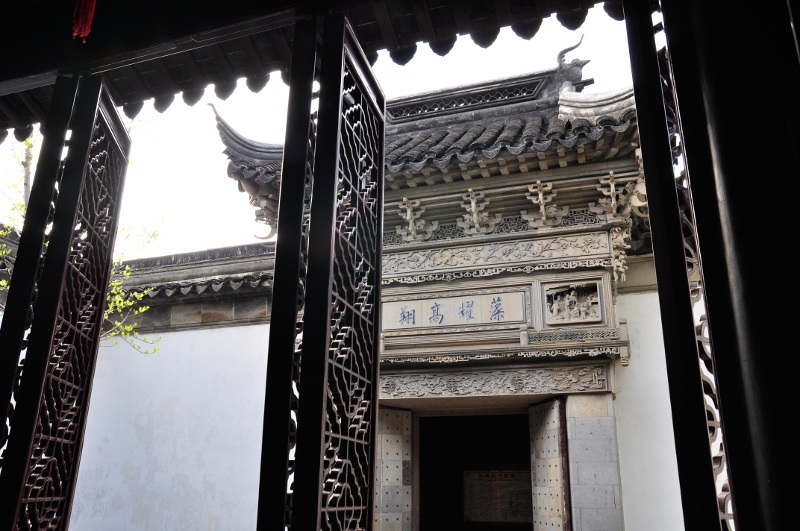
Tour Tip: Next time you step through the threshold of a historical Chinese mansion, be sure to turn around and look back at the door! The interior side of entrances are commonly decorated with fine art, reserved for the eyes of its wealthy residents and their guests.
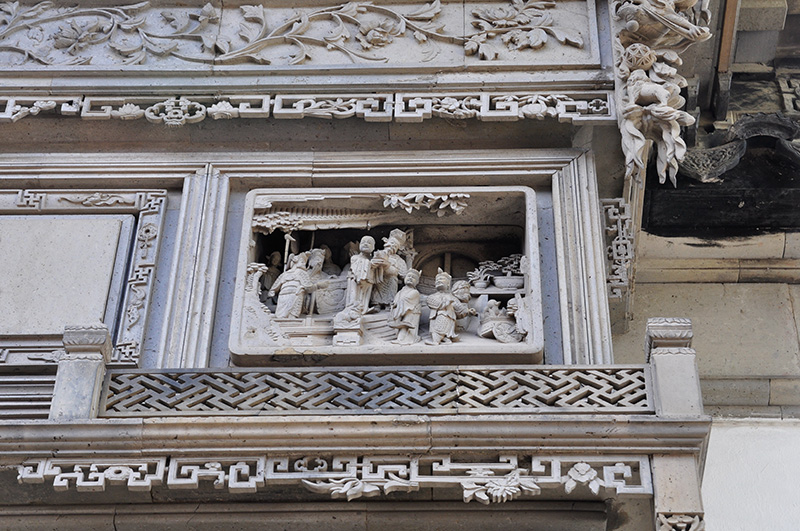
Here’s a closer look at the remarkable detail chiselled into the frame of the front gate.

The various rooms of the property wrap around this enormous pond, forming a beautiful private garden in the middle of the residence. Walking around the pond, you’ll notice a different picturesque view from every angle—a key characteristic of the art form.
In fact, classical gardens are taken so seriously as art that windows around the garden are used to, quite literally, “frame” the work. An example of such window can be seen in the photo, to the right of the gazebo.
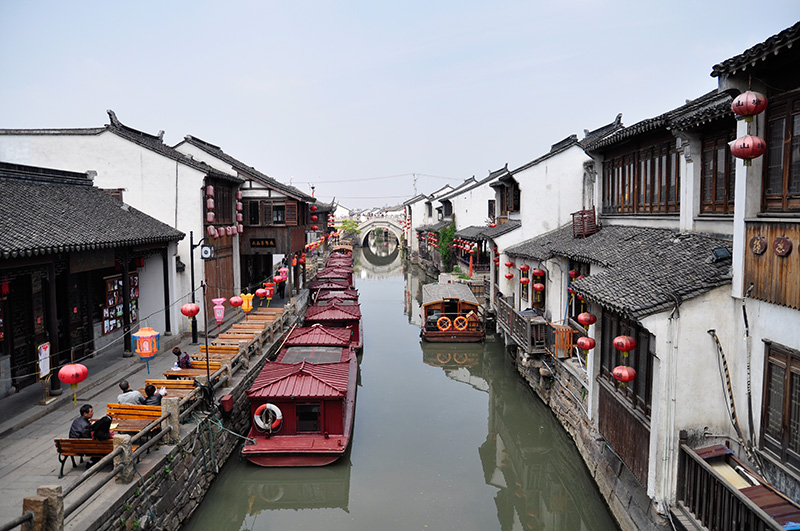
Canals spread through this region, so boats and bridges of varying sizes make up a lovely view. Does Suzhou, China remind you of Venice, Italy?
Read about how to travel with food allergies.
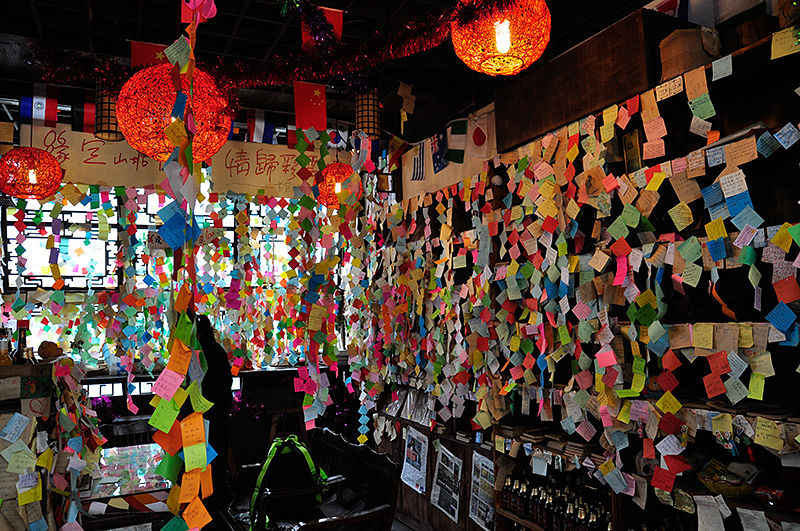

Taking a brief break from antiquities, this charming tapa house caught our attention; it’s impossible to miss!
Canadians need a visa to travel to China; read our China visa application guide.
Wuxi, China
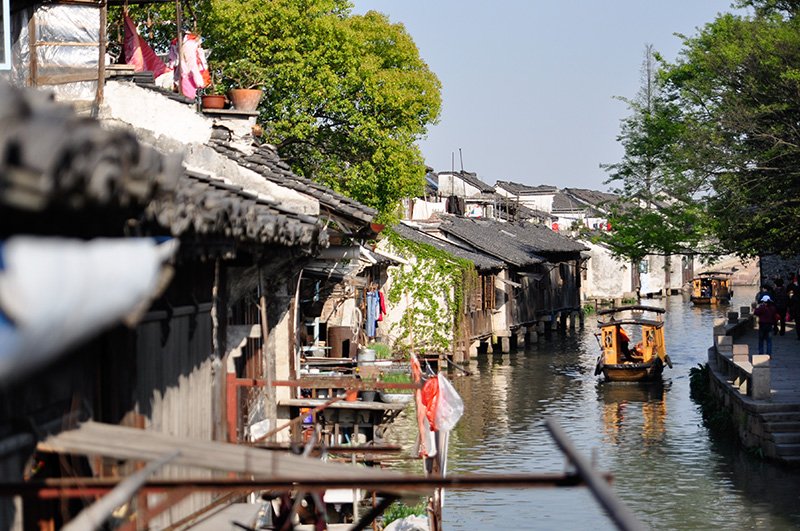
Just a mere hours drive away from Suzhou, we explored a small, but immaculately preserved, rural village in Wuxi, China.
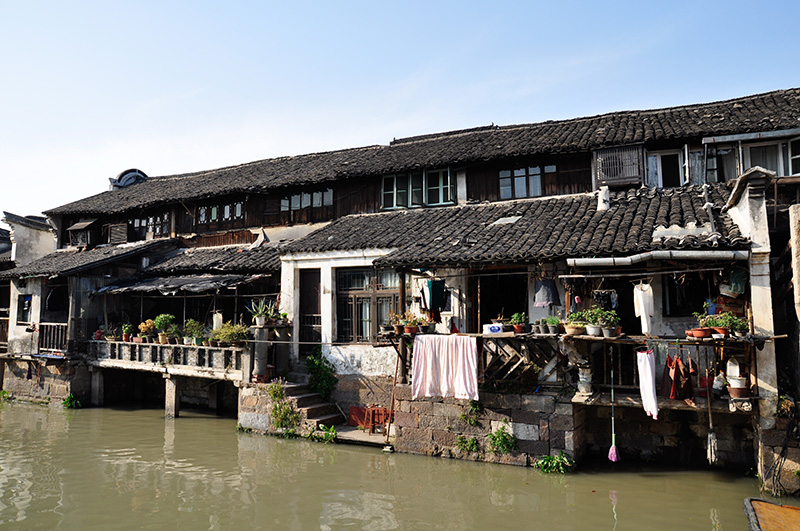
How’s this for waterfront property?

To protect structures from deterioration due to flooding, wood columns are raised off the ground in and outside of the home.
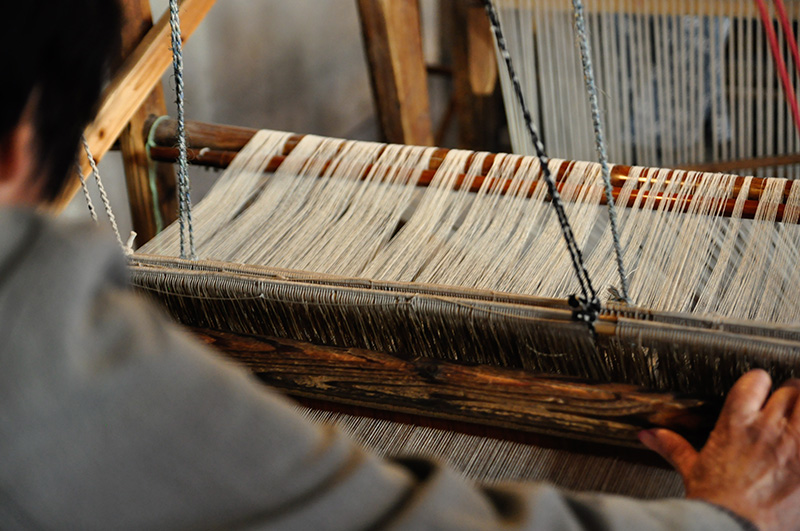
Walking through this village was like stepping back in time, or right into a period film. Here, we visited a small shop that produced handmade fabrics.
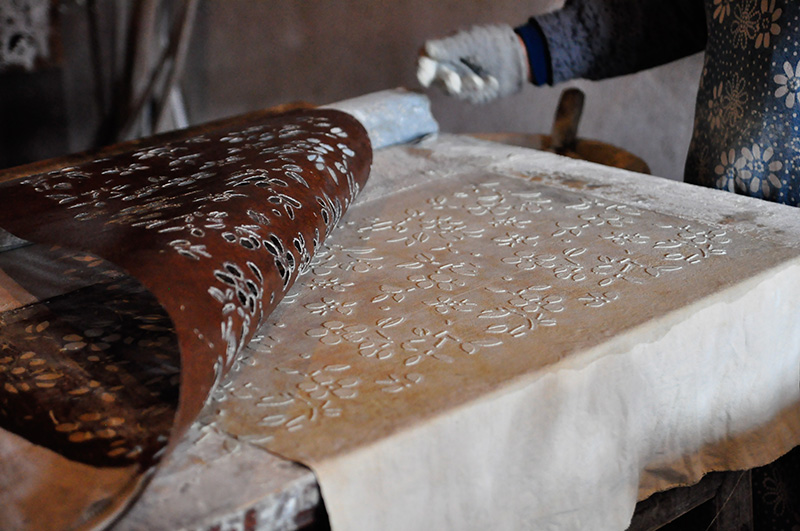
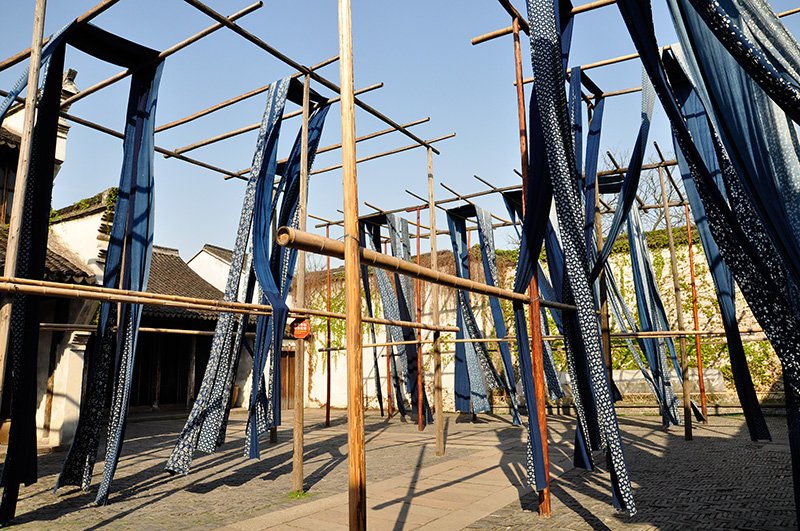
Dried and almost done! Hand-stitched bags and various products can be purchased from this shop in Wuxi, China.
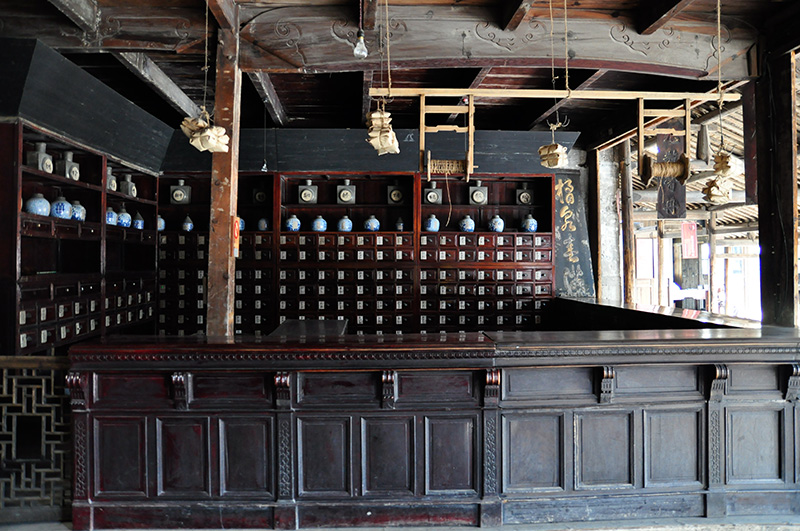
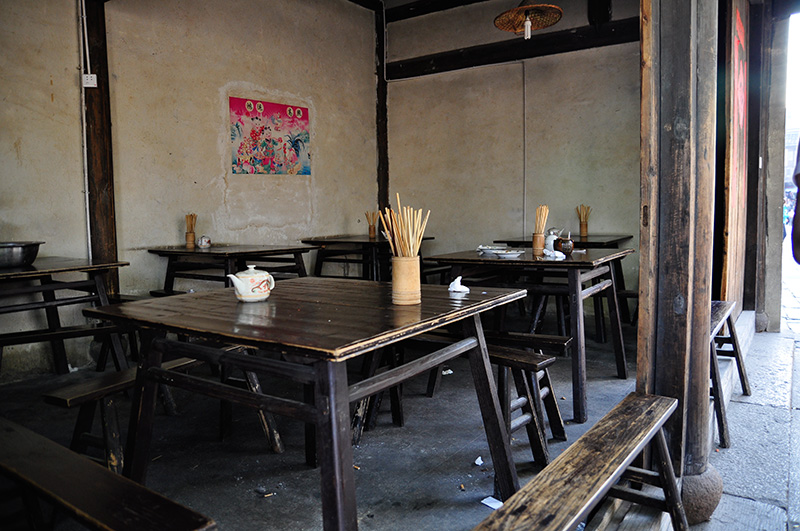
This is an old pharmacy and restaurant. Having grown up watching Chinese period films and TV shows, these are familiar views for me; however, I never thought I’d see them in real life!
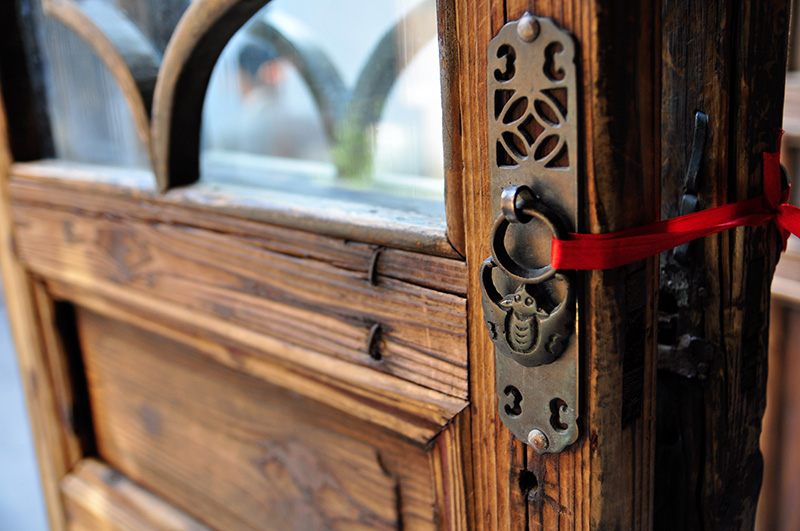
Chinese culture has an obsession with symbols and word play (I love it!); this humble little door handle is a perfect example. Starting with the most obvious imagery, you’ll notice a bat hanging from the handle. The use of bats is a common visual pun, as the word ‘bat’ is homonymous with ‘happiness’.
Secondly, the circle with a diamond in it is the shape of ancient coins. This simply represents fortune. And finally, the two pairs of squiggles at the top and bottom of the plate are clouds, symbolizing longevity. Piecing the 3 items together, we get: happiness, fortune and longevity—otherwise known as Fu Lu Shou, the three Gods of Blessings.
I loved the challenge of uncovering these hidden symbols and puns! Just one of many reasons I’d love to go back and spend more time exploring China.
I hope this China travel guide helps you narrow down which cities you’d like to visit.
And remember, out-of-country medical insurance is vital when you’re travelling to China. If you get sick, your medical insurance company should be able to communicate directly with the Chinese hospital, saving you the trouble of overcoming the language barrier.
Happy travels,
Liz
 |
